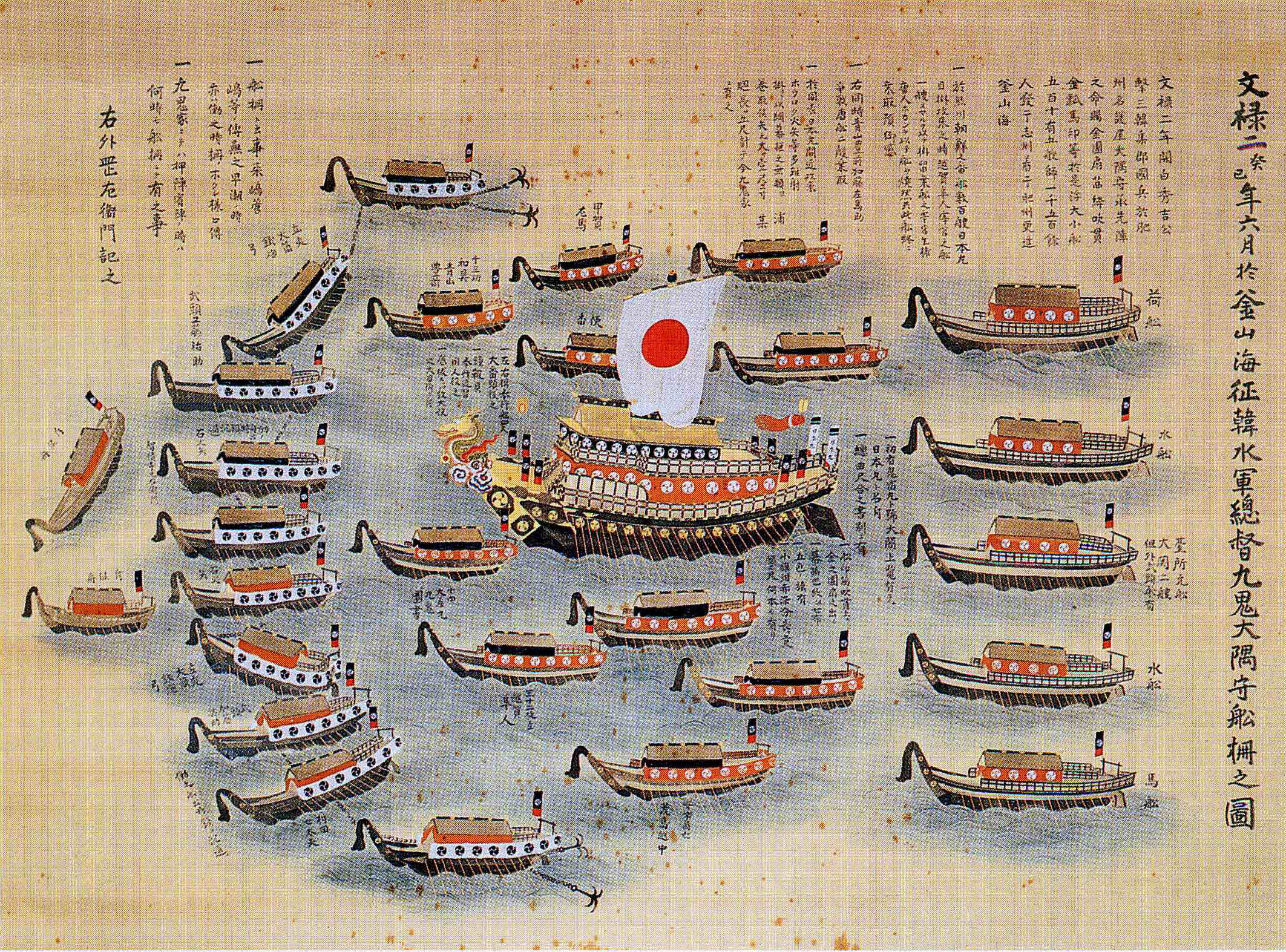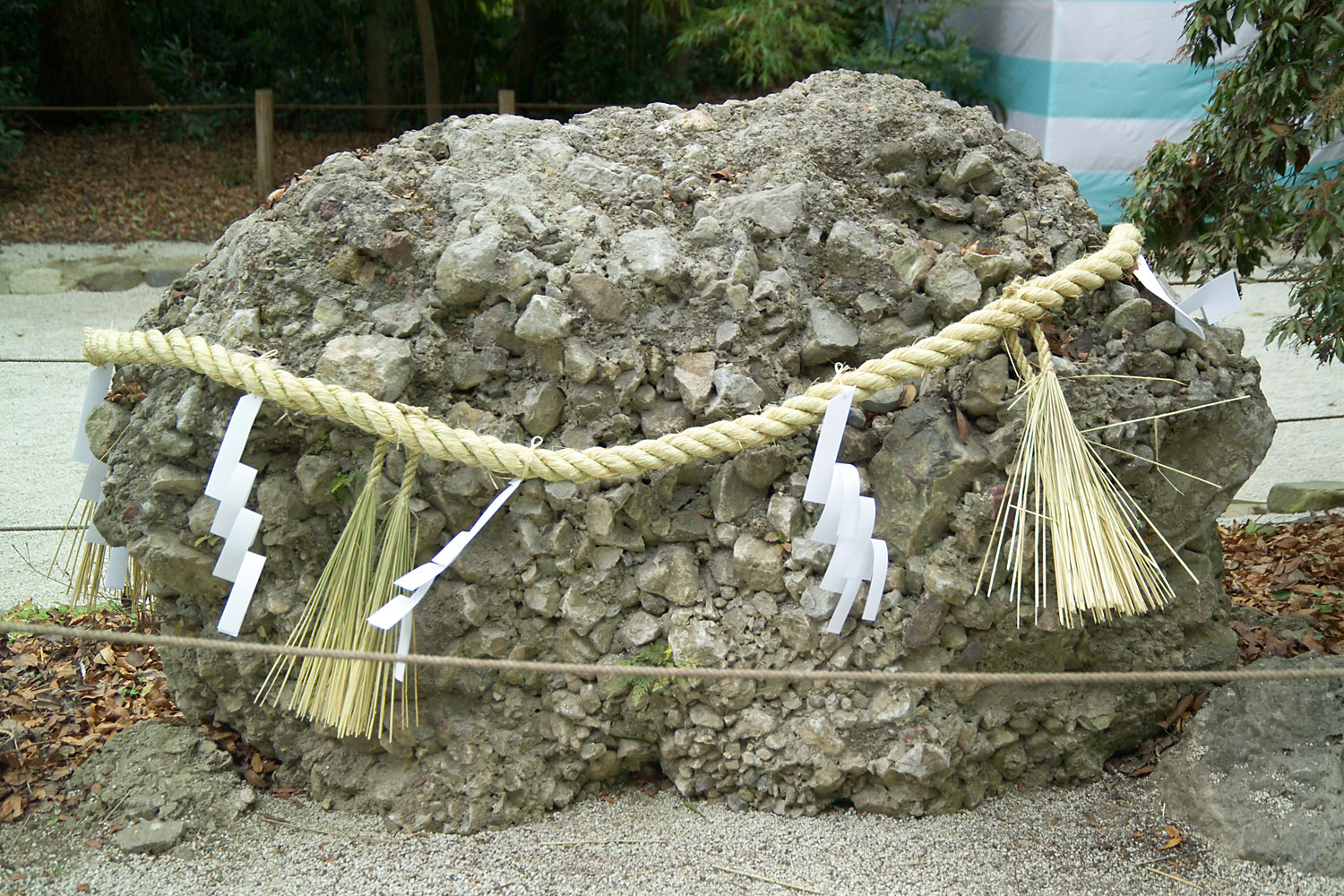|
Health And Sports Day
, formerly , is a public holiday in Japan held annually on the second Monday in October. It commemorates the opening of the 1964 Summer Olympics held in Tokyo, and exists to promote sports and an active lifestyle. History and current practice The first Health and Sports Day was held on October 10, 1966, two years after the 1964 Summer Olympics. October was chosen for the unusually late Summer Olympics to avoid the Japanese rainy season, and Health and Sports Day continues to be one of the fairest days of the year.Kid's Web Japan: Sports Day retrieved November 21, 2005 In 2000, as a result of the Happy Monday System, Health and Sports Day was moved to the second Monday in October. [...More Info...] [...Related Items...] OR: [Wikipedia] [Google] [Baidu] |
Public Holidays In Japan
were first established by the of 1948. It has since been amended 11 times to add additional holidays, the latest being in 2018, for a total of 16 recognized holidays. Article 3 of this law specifies that when a national holiday falls on a Sunday, the next working day shall become a public holiday, known as . Article 3 also determines that any day that falls between two other national holidays shall also become a holiday, known as . May 4, sandwiched between Constitution Memorial Day on May 3 and Children's Day on May 5, was an annual example of such a holiday until it was replaced by Greenery Day in 2007. Although it is not an official holiday, most companies voluntarily designate a holiday from December 29 to January 3, or, depending on the industry, from Christmas Eve to January 5. This case is unique in Asia. Table of Japanese holidays Holidays in 2018–2026 The national holidays in 2018–2026 are as follows. Events of imperial mourning and celebration In addition ... [...More Info...] [...Related Items...] OR: [Wikipedia] [Google] [Baidu] |
Long Jump
The long jump is a track and field event in which athletes combine speed, strength and agility in an attempt to leap as far as possible from a takeoff point. Along with the triple jump, the two events that measure jumping for distance as a group are referred to as the "horizontal jumps". This event has a history in the ancient Olympic Games and has been a modern Olympic event for men since the first Olympics in 1896 and for women since 1948. Rules At the elite level, competitors run down a runway (usually coated with the same All-weather running track, rubberized surface as running tracks, crumb rubber or vulcanized rubber, known generally as an all-weather track) and jump as far as they can from a wooden or synthetic board, 20 centimetres or 8 inches wide, that is built flush with the runway, into a pit filled with soft damp sand. If the competitor starts the leap with any part of the foot past the foul line, the jump is declared a foul and no distance is recorded. ... [...More Info...] [...Related Items...] OR: [Wikipedia] [Google] [Baidu] |
2020 Summer Olympics
The officially the and officially branded as were an international multi-sport event that was held from 23 July to 8 August 2021 in Tokyo, Japan, with some of the preliminary sporting events beginning on 21 July 2021. Tokyo was selected as the List of Olympic Games host cities, host city during the 125th IOC Session in Buenos Aires, Argentina on 7 September 2013. Originally scheduled to take place from 24 July to 9 August 2020, the Tokyo Games were postponed until 2021 on 24 March 2020 as a result of the global COVID-19 pandemic, the first such instance in the history of the Olympic Games (some previous editions had been cancelled but not rescheduled). However, the Tokyo 2020 branding was retained for marketing purposes.Multiple sources: * * * The events were largely held Behind closed doors (sport), behind closed doors with no public spectators permitted due to the declaration of a state of emergency in the Greater Tokyo Area in response ... [...More Info...] [...Related Items...] OR: [Wikipedia] [Google] [Baidu] |
National Sports Festival Of Japan
The is the national premier sports event of Japan. It consists of three stages. The skating and ice hockey stage takes place in January, the skiing stage takes place in February, and the main Autumn tournament takes place in September and October. Its name is often abbreviated to Kokutai (国体). Outline The predecessor to the tournament was the Meiji Shrine tournament held from 1924 until 1943, a period including the Pacific War. Since then there was a Summer tournament that focused on swimming, and an Autumn tournament that focused on track-and-field; however from the 61st tournament in 2006, the Summer and Autumn tournaments were combined. On 20 December 2006 the Japan Sports Association, as the committee for the tournament, decided that swimming was to be held before mid-September as of and beyond the 64th tournament in 2009, though this actually came into effect in the 63rd tournament, in 2008. This took into account the peculiar qualities of holding swimming events. A ... [...More Info...] [...Related Items...] OR: [Wikipedia] [Google] [Baidu] |
Radio Calisthenics
are warm-up calisthenics performed to music and guidance from radio broadcasts. Originating from the United States, they are popular in Japan and parts of China, North Korea and Taiwan. United States The idea for radio broadcast calisthenics came from "setting-up exercises" broadcast in US radio stations as early as 1923 in Boston (in WGI). The longest-lasting of these setting-up exercise broadcasts was sponsored by the Metropolitan Life Insurance Company (now MetLife), which sponsored the setting-up exercise broadcasts in WEAF in New York which premiered in April 1925. The MetLife-sponsored program—officially known as the ''Metropolitan Life Health Exercises'' but later known as the "Tower Health Exercises", after the tower where the exercises were broadcast from—was also broadcast in WCAP in Washington, D.C., and WEEI in Boston, among others. Japan In Japan, radio calisthenics are broadcast to music on public NHK radio and television early in the morning, and is a ra ... [...More Info...] [...Related Items...] OR: [Wikipedia] [Google] [Baidu] |
Stretching
Stretching is a form of physical exercise in which a specific muscle or tendon (or muscle group) is deliberately expanded and flexed in order to improve the muscle's felt elasticity and achieve comfortable muscle tone. The result is a feeling of increased muscle control, flexibility, and range of motion. Stretching is also used therapeutically to alleviate cramps and to improve function in daily activities by increasing range of motion. In its most basic form, stretching is a natural and instinctive activity; it is performed by humans and many other animals. It can be accompanied by yawning. Stretching often occurs instinctively after waking from sleep, after long periods of inactivity, or after exiting confined spaces and areas. In addition to vertebrates (e.g. mammals and birds), spiders have also been found to exhibit stretching. Increasing flexibility through stretching is one of the basic tenets of physical fitness. It is common for athletes to stretch before (for ... [...More Info...] [...Related Items...] OR: [Wikipedia] [Google] [Baidu] |
Japanese Flag
The national flag of Japan is a rectangular white banner with a red circle at its center. The flag is officially called the but is more commonly known in Japan as the . It embodies the country's sobriquet: the Land of the Rising Sun. The flag is designated as the national flag in the Act on National Flag and Anthem, which was promulgated and became effective on 13 August 1999. Although no earlier legislation had specified a national flag, the sun-disc flag had already become the ''de facto'' national flag of Japan. Two proclamations issued in 1870 by the Daijō-kan, the governmental body of the early Meiji period, each had a provision for a design of the national flag. A sun-disc flag was adopted as the national flag for merchant ships under Proclamation No. 57 of Meiji 3 (issued on 27 January 1870), and as the national flag used by the Navy under Proclamation No. 651 of Meiji 3 (issued on 3 October 1870). Use of the was severely restricted during the early years of the ... [...More Info...] [...Related Items...] OR: [Wikipedia] [Google] [Baidu] |
Kimigayo
is the national anthem of Japan. The lyrics are from a ' poem written by an unnamed author in the Heian period (794–1185), and the current melody was chosen in 1880, replacing an unpopular melody composed by John William Fenton in 1869. While the title "Kimigayo" is usually translated as "His Imperial Majesty's Reign,” no official translation of the title or lyrics have been established in law. From 1888 to 1945, ''Kimigayo'' served as the national anthem of the Empire of Japan. When the Empire accepted the Potsdam Declaration and came under Occupation of Japan, Allied occupation, Hirohito, Emperor Shōwa retained the throne, and ''Kimigayo'' remained the de facto national anthem to preserve the Emperor of Japan, Japanese monarchy. The passage of the Act on the National Flag and Anthem in 1999 officially recognized it as both the national and imperial anthem. Etymology "''Kimi''" has been used to indicate the Emperor of Japan or one's lord (i.e., master) since at leas ... [...More Info...] [...Related Items...] OR: [Wikipedia] [Google] [Baidu] |
Marching Band
A marching band is a group of instrumental musicians who play while marching. Historically they were used in armed forces and many marching bands remain military bands. Others are still associated with military units or emulate a military style, with elements such as uniforms, flags and batons and occasionally rifles or sabers. Instrumentation typically includes brass, woodwind, and percussion instruments. Marching bands are generally categorised by affiliation, function, size and instrumentation. In addition to traditional military parades, marching bands are frequently seen at events as varied as carnivals, parades, sporting events, trade union events and marching band competitions. History Instruments have been frequently used on the battlefield (for example the Iron Age carnyx and the medieval Ottoman military band) but the modern marching band developed from European military bands formed in the Baroque period, partly influenced by the Ottoman tradition. 17th ... [...More Info...] [...Related Items...] OR: [Wikipedia] [Google] [Baidu] |
Cartwheel (gymnastics)
A cartwheel is a sideways rotary movement of the body. It is performed by bringing the hands to the floor one at a time while the body inverts. The legs travel over the body trunk while one or both hands are on the floor, and then the feet return to the floor one at a time, ending with the athlete standing upright. It is called a ''cartwheel'' because the performer's arms and legs move in a fashion similar to the spokes of a turning ( cart) wheel. Cartwheels are commonly performed in gymnastics in the floor exercise and on the balance beam. On the floor, a gymnast may precede a cartwheel with other movements, as in a chasse cartwheel, which begins with side-step "gallops". Besides gymnastics, cartwheels are performed in certain dances, cheer, and in the martial art of capoeira. In classical Indian Karana dance, it is called ''talavilasitam''. History Cartwheels date back to antiquity and were used for play by the ancient Greeks and Romans. An early documented case of cartwh ... [...More Info...] [...Related Items...] OR: [Wikipedia] [Google] [Baidu] |
Bamboo
Bamboos are a diverse group of mostly evergreen perennial plant, perennial flowering plants making up the subfamily (biology), subfamily Bambusoideae of the grass family Poaceae. Giant bamboos are the largest members of the grass family, in the case of ''Dendrocalamus sinicus'' having individual stalks (Culm (botany), culms) reaching a length of , up to in thickness and a weight of up to . The internodes of bamboos can also be of great length. ''Kinabaluchloa, Kinabaluchloa wrayi'' has internodes up to in length. and ''Arthrostylidium schomburgkii'' has internodes up to in length, exceeded in length only by Cyperus papyrus, papyrus. By contrast, the stalks of the tiny bamboo Raddiella, ''Raddiella vanessiae'' of the savannas of French Guiana measure only in length by about in width. The origin of the word "bamboo" is uncertain, but it most likely comes from the Dutch language, Dutch or Portuguese language, Portuguese language, which originally borrowed it from Malay langua ... [...More Info...] [...Related Items...] OR: [Wikipedia] [Google] [Baidu] |
Three-legged Race
A three-legged race is a running event involving pairs of participants running with the left leg of one runner strapped to the right leg of another runner. The objective is for the partners to beat the other contestant pairs to the finish line. The longest distance ever run three-legged in 24 hours is 117.1km (72.7 miles) and was achieved by Gary Shaughnessy (Tadley, England) and Andy Tucker (Tadley, England), at Silchester on 9/10 October 2021. Gary Shaughnessy and Andy Tucker also broke the 12 hour record on the same day. The world record for the most pairs in a three-legged race is 768, set by Caritas of Hong Kong in 2019. An August 2014 attempt in Canberra organised by National Rugby League team Canberra Raiders The Canberra Raiders are an Australian professional rugby league football club based in the national capital city of Canberra, Australian Capital Territory. They have competed in Australasia's elite rugby league competition, the National Rugb ... failed; onl ... [...More Info...] [...Related Items...] OR: [Wikipedia] [Google] [Baidu] |









